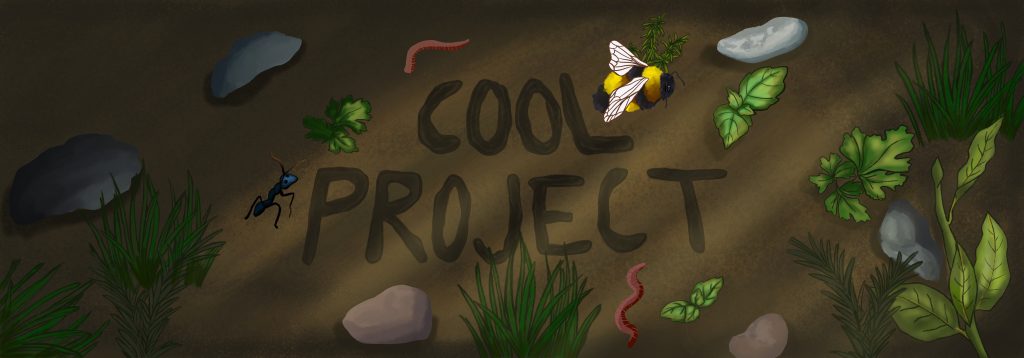“Soon it would be too hot.”
So reads the first line of The Drowned World, J.G. Ballard’s 1962 novella about a planet ravaged by climate change. His character is talking about that particular day’s temperature, but the subtext is clear: in the story, the Earth is growing hotter by the day, and sea levels have risen to catastrophic levels.
Six decades after Ballard’s book was published, that “soon” is upon us. Like every year now, 2022 will be one of the hottest on record. As temperatures soar, how can cities cool down?

We’re familiar with some of the methods. Plant more trees. Slather the ground in white paint. Drape our rooftops in greenery. Great ideas — and we’ve written about all of them. So we started to wonder: Are there any methods for cooling cities we haven’t already heard about? What cutting-edge methods are proving themselves, but flying under the radar?
In this one-week series, which we’re calling “Cool Project,” we delve into three surprising steps cities are taking to turn down the heat. These aren’t ways to tackle the climate crisis. They’re mitigating measures that have proven themselves effective at cranking temperatures down by a few critical degrees — enough to improve public health, reduce energy use, and save lives.
The first story in the series explores how one German city is funneling high-elevation breezes into its urban core using “ventilation corridors.” Read it here.
The second story introduces us to America’s first two “heat officers,” high-level government officials tasked with cooling down Miami and Los Angeles. Read it here.
The third and final story takes us to Tel Aviv, a city that has urban shade down to a science. Read it here.
And don’t miss our special extra-chill edition of The Fixer.

A note about the art. A few months back, we were approached by Lisa Daria Kennedy, who teaches a course called Professional Illustration for the Community at Massachusetts College of Art and Design. As part of their coursework, her students submitted the artwork you’ll find throughout this series. These images are the end result of initial sketches, feedback, revisions and final illustrations. We love them. We think they speak to the spirit of the series, and we hope you’ll agree. A big thank you to all of the students — the future Ballard predicted is coming to pass, but we’d like to think theirs is still unwritten.






